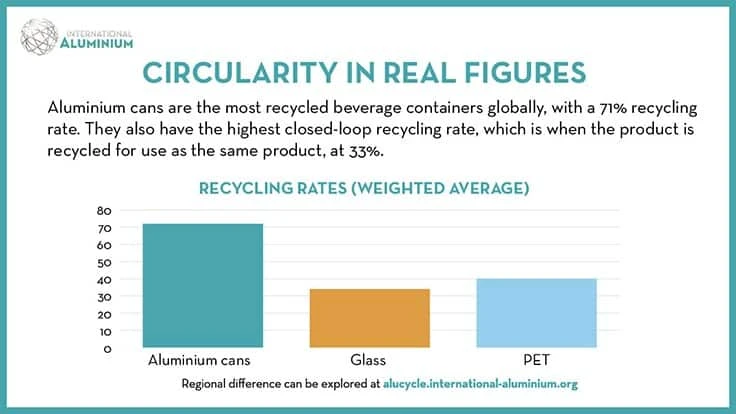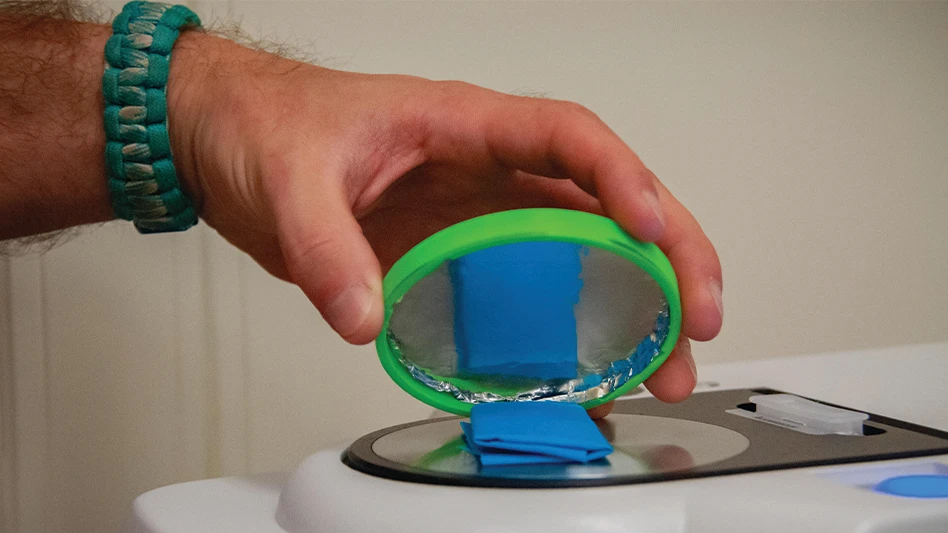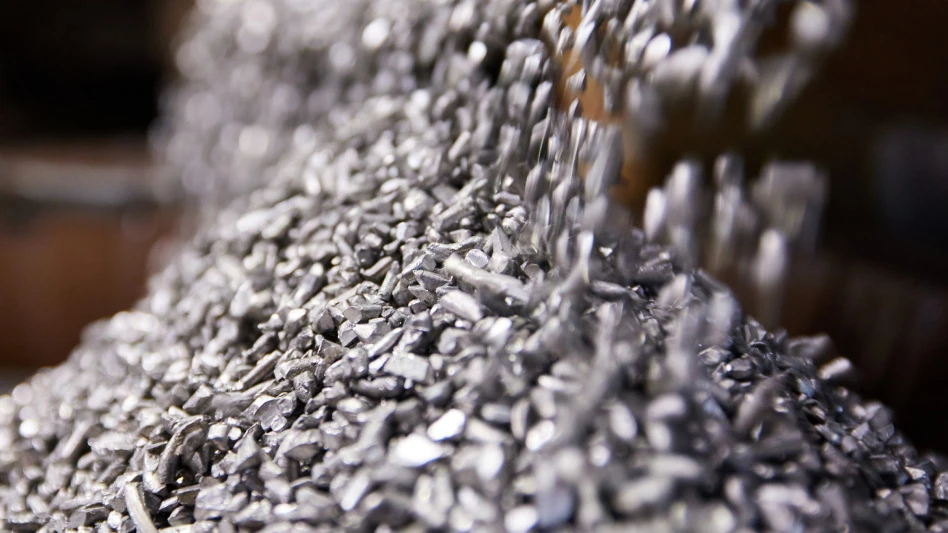
Image provided by the International Aluminium Institute.
The London-based International Aluminium Institute (IAI) says research it has commissioned into the recycling of three beverage container materials – aluminum, glass and polyethylene terephthalate (PET) plastic – has shown that aluminum cans “best support a circular economy.”
The study found that compared with aluminum cans, more glass and plastic bottles end up in landfills because they are not collected. In addition, once collected, losses in the recycling/processing system are three times higher for PET and glass bottles compared with aluminum cans.
United Kingdom-based Eunomia Research and Consulting, on behalf of the IAI, studied data in five regions: Brazil, China, Europe, Japan and the United States. It looked at the end-of-life processing losses for aluminum cans, glass bottles and PET bottles. The study looked at collection, sorting, reprocessing and thermal processing and both “closed-loop recycling and open-loop recycling.”
“While no drinks container has achieved its full circularity potential yet, aluminum outperforms glass and plastics (PET) at all stages of the waste management system,” states Ramon Arratia, a vice president with container producer Ball Corp.
The IAI calls aluminum cans “the most recycled beverage containers globally.” Adds the organization, “Once the aluminum can is collected from the consumer, it has an unrivaled sorting, reprocessing and remelting efficiency rate of 90 percent,” which it says compares with 67 percent for glass and 66 percent for PET.
Andrew Wood of Australia-based Alumina Ltd. says, “The number of aluminum cans collected at the end of their life is about 18 percent higher than PET bottles and 28 percent higher than glass. A greater proportion of PET and one-way glass bottles end up in landfills or waterways because they are not collected. In a decarbonizing world, this is likely to contribute to higher demand for both recycled and primary aluminum.”
According to the IAI, the aluminum can was first mass-produced by U.S.-based Coors Brewing Co. in the 1950s “to improve the taste of beer and provide a more sustainable container than steel cans.”
Marlen Bertram, IAI director of scenarios and forecasts, says, “As the Institute celebrates its 50th anniversary this year, we have been reflecting on our organization’s long history of data collection, analysis and modeling. Aluminum is one of the most recyclable materials on the planet and the IAI is campaigning to ensure end-of-life products are returned into the recycling loop given the economic and environmental benefits of the metal in our global economy. Comparing recycling rates of different materials is meaningless if you don't know how the rate is measured and into what products the material is recycled back to. This study is the first public study that comprehensively analyzes the extent of recycling and losses of three beverage containers in different regions. By increasing the precision of identifying where major losses occur, the study could provide solutions to improving the rate of recycling for all materials. We are clearly in a new era in circularity transparency.”
Emilio Braghi, president of Novelis Europe, adds, “Collection and sorting systems are essential to increasing circularity and to unlocking the full potential of infinitely recyclable materials. We need a policy framework that incentivizes true recycling and circular systems, where at the end of their life, beverage containers are recycled again and again – without loss to quality. Aluminum is perfectly suited for multiple product-to-product recycling. We need to move our thinking from waste to valuable resource – reusing existing material to produce new packaging and thereby saving precious natural resources, energy and lowering emissions.”
Those interested in accessing the full study can go to this web page.
Latest from Recycling Today
- APR launches Recycling Leadership Awards
- Private equity firm announces majority investment in Sprout
- Author predicts spike in silver’s value
- SWANA webinar focuses on Phoenix recycling collaboration
- Domestic aluminum demand up through Q3 2024
- IntelliShift honored at IoT Breakthrough Awards
- Ace Green Recycling finalizes plans for battery recycling site in India
- Ambercycle, Benma partner to scale circular polyester





